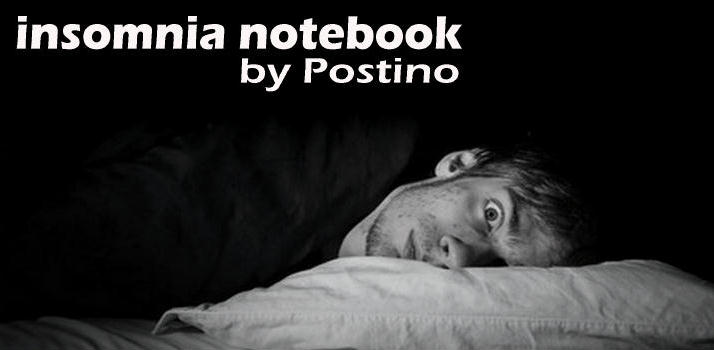On one hand I believe in censorship. I wouldn't want my grandkids looking at sexually explicit or violent material, but on the other hand I don't believe in censoring what I see or what any other adult sees. I think it's up to us to make our own decisions. Movies, which in the 1960s abandoned an overall self-censoring policy, went to a ratings system. It doesn't censor, but doesn't always work in what I think is a logical fashion. It's constantly being tinkered with, and I think it has to do with whomever is sitting on the ratings board and their interpretation.
I find violence much more distasteful than sex, and I always wonder why movies like the Saw franchise, with gory tortures, can get an R-rating. It isn't logical to me. I have always wondered why, as a society, we condone violence, making murder into entertainment, and yet sex, which is a legal activity between consenting people of legal age, is relegated to the forbidden.
The article is interesting because of the inroads that sex and pornography have made in the past five or sex decades. It's now widely and instantly available, with no need to hang out at sleazy adult bookstores or XXX movie theaters to see it. The article also shows that for decades Americans were widely, and rightly, viewed as prudish by Europeans, who have a much more adult view of adult activities.





This sexy shave cream ad followed the article on movie censorship. Life magazine was a popular mainstream publication, going into millions of homes where anyone in the family could look at it. Their standards of what was acceptable to be seen by the general public was different than movie standards.


No comments:
Post a Comment